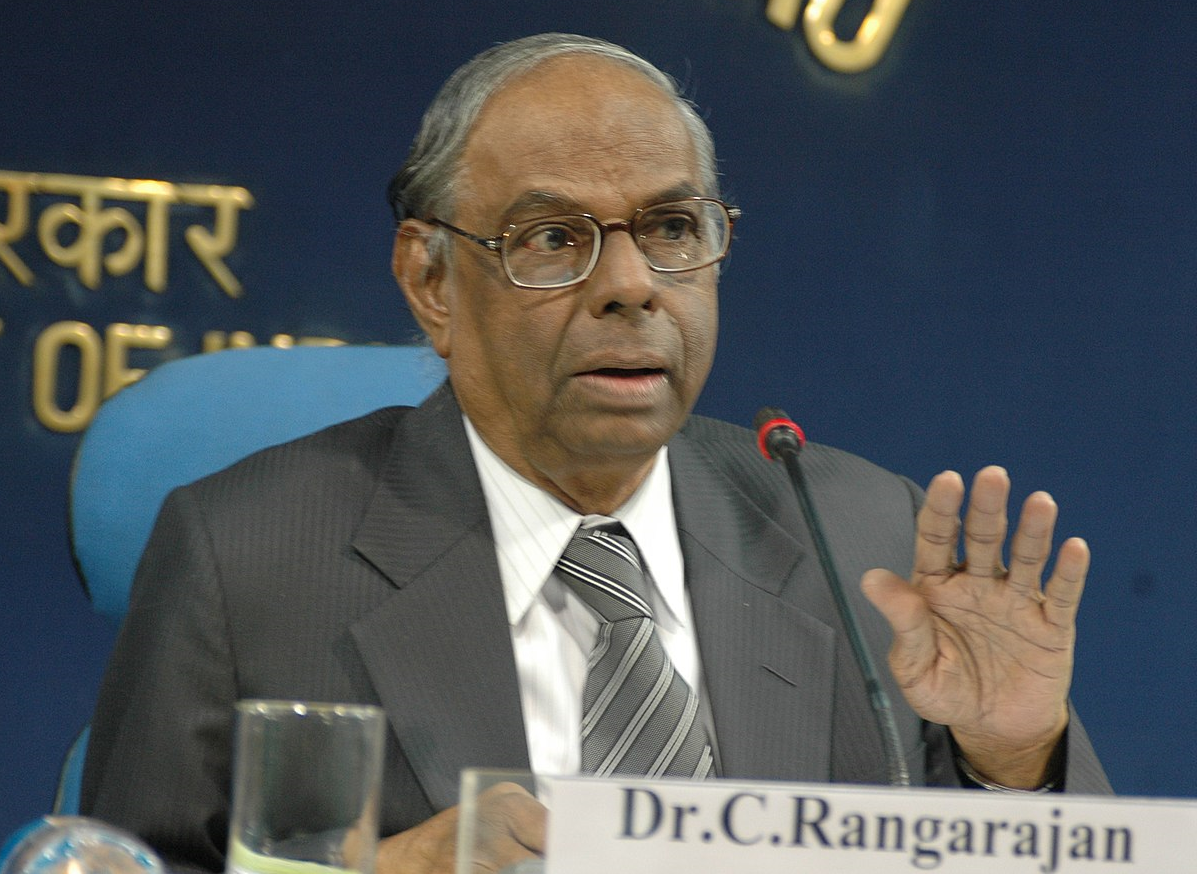
There have been several targets and projections for India to become a developed nation. But, when exactly, can India become a developed nation? According to the former Reserve Bank of India (RBI) Governor C Rangarajan, it will take at least two decades of sustained 8 to 9 per cent of annual GDP growth to take India into a developed nation league.
“The immediate focus of policymakers must be to raise the growth rate of the economy. Achievement of a $5 trillion economy is a good short-term aspirational goal. This will take a minimum of five years of sustained growth of 9 per cent. Even then, at the end of it, India’s per capita income will be only $3472 and we will still be classified as a lower middle-income country,” said Rangarajan, who has also served as chairman of the Economic Advisory Council to the Prime Minister.
Speaking at the 12th Convocation of ICFAI Foundation for Higher education in Hyderabad, he said to reach the level of an upper middle-income country, will take another two years. And, in order to be classified as a developed country, the per capita income of India will have to be at a minimum of $13,205 and that will take more than two decades of strong growth of between 8 to 9 per cent to achieve it.
Rangarajan said at the aggregate output level, India is the fifth largest economy in the world now. That by itself is an impressive achievement. But in terms of per capita income, India’s rank according to IMF is 142 out of 197 countries.
Post Covid-19 and post the Russia–Ukraine war, there is a need to lay down a clear roadmap for India’s future development, he said. Initially, there is a need to raise the growth rate to 7 per cent and then follow it up with a growth rate of 8-9 per cent which is possible and India has shown in the past it can have that kind of growth rate over a sustained period of six to seven years, Rangarajan added.
Recently, a Swiss brokerage said that India is growing faster than what is captured by the country’s official data. Upgrading Indian equities to ‘benchmark’ from ‘underweight’, Credit Suisse said there is a scope for a growth of up to 14 per cent on the benchmark indices.
The brokerage firm’s head of research Neelkanth Mishra said the country will grow at 7 per cent in FY24, as against the consensus estimates which peg the real growth to slip below 6 per cent.
Mishra said the growth in dense fuels — which is typically below the real GDP growth as fuel efficiencies go up — is over 4 per cent per annum for the last three years, according to a report published on livemint website.
Similarly, revenue growths of the BSE500 companies also point out to faster growth, he said.
“We are expecting a stronger acceleration in India’s GDP growth in 2023 owing to several domestic growth drivers. Revival in government spending, increase in low-income jobs and easing of supply-chain bottlenecks should partly offset the impact of rate hikes, a slowing global economy, and the need to reduce the balance-of-payments (BoP) deficit,” he said.
The risk factors continue to be dependent on imported energy, reliance on foreign capital, and a slowing global economy, he said.
From a market perspective, he sounded more sanguine about domestic flows.
The brokerage is overweight on the financial sector and feels the current high growth in credit will not lead to a spike in non-performing assets. It is underweight in the information technology and the industrials sectors, Mishra said.




